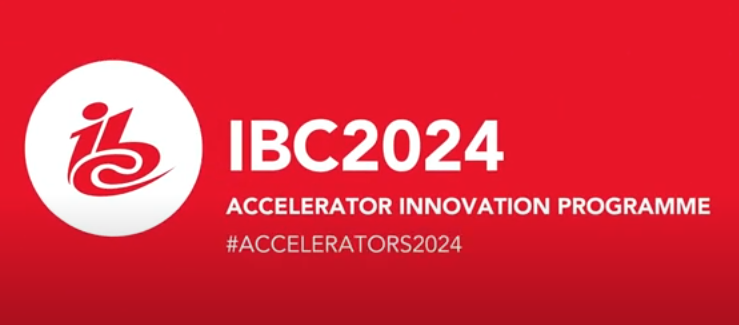Watch the replay for the VRARA LA Chapter as they introduced ShapesXR, a groundbreaking tool that redefines spatial design and collaboration!
Guest Speaker: Inga Petryaevskaya, CEO of ShapesXR
Hosted by Vahe Karamian - VRARA LA Chapter President
XR content transcends the limitations of flat screen 3D by immersing users in a fully interactive and spatial environment. Unlike traditional 3D displays, XR technology offers users a sense of depth, scale, and presence, enhancing their ability to perceive and interact with digital content in a more intuitive and natural manner.
Agenda:
-Introduction
-How does XR content differ from flat screen 3D?
-What does the new product development workflow look like for XR?
-Selected use cases and examples
-Live demo of ShapesXR - the power of truly spatial design and collaboration
-Final remarks
Bio:
Inga Petryaevskaya is the Founder and CEO of ShapesXR. Inga's journey in XR began over seven years ago when she co-founded Tvori, a VR real-time animation software aimed at revolutionizing storytelling and 3D animation. During the development of Tvori, Inga and her team recognized the need for tools that could democratize the creation of immersive content, including VR, AR, and Mixed Reality apps, games, and experiences. Inga's solid vision is that spatial apps need spatial creation tools, you have to be immersed in the medium of your user to build magical and delightful XR experiences.
This realization led to the creation of ShapesXR, a platform with a mission to make spatial design and collaboration accessible to everyone. As a product owner, Inga is dedicated to delivering a seamless user experience that empowers individuals, regardless of their 3D expertise, to collaborate and design spatially, inside 3D.
Prior to starting the journey of an entrepreneur, Inga held a Director role at the office of the CTO at Dell Technologies, responsible for driving internal and external innovation projects, including M&A, and prior to that was a researcher at Siemens Corporate Technology. Inga holds engineering degree and MSc in Computer Science from Hamburg University of Technology. See less








